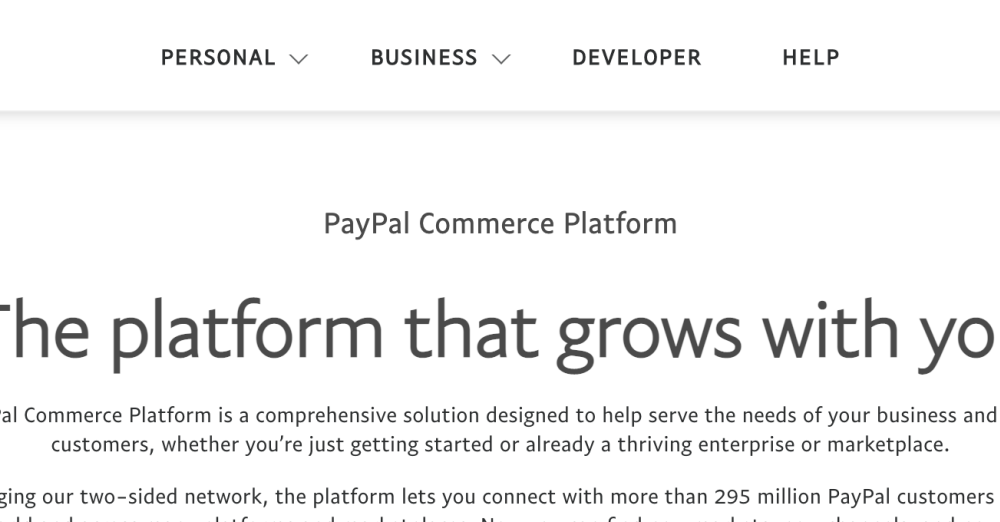A history of PayPal

Over at Winzum we are fascinated by all sorts of new technologies that have sprung up over the last couple of decades, and one of the most impressive and world changing has got to be PayPal. In many ways PayPal were the originators of effortless online financial transaction, and nowadays it is used by millions and millions of people all around the world.
There is no denying how much easier PayPal has made paying for goods online, however it has also opened the door to PayPal fraud, for example, something you can read more about here [what is PayPal fraud and how to avoid it]. Regardless, we love expanding our knowledge here at Winzum, so we thought we’d delve a little into PayPal’s colourful history…
1998: The launch of Confinity
Wait, what? Isn’t this an article about PayPal? We wouldn’t blame you for being slightly confused, but the truth is that PayPal was originally launched as Confinity in 1998 by Max Levchin and Peter Theil. At first the company specialised in security software for early smartphones, however after a lack of success they changed focus to a digital wallet prototype.
In 1999 the company rebranded as PayPal, and launched its first electronic payment system very soon after. Not long after Elon Musk’s X.com merged with PayPal, a union that provided the catalyst to PayPal’s success and expansion.
2002: eBay’s acquisition of PayPal
PayPal became a publically listed company in 2002 after a few years of relative success, and later on in the same year it was acquired by eBay for a stonking $1.5 billion. This proved to be an immediately successful partnership, as PayPal quickly became the default payment option for eBay buyers and sellers.
eBay’s acquisition is a pivotal moment in PayPal’s history, mainly because it brought the fledgling digital wallet company to a much larger audience across the world.
2007: PayPal secures a EU banking licence
By 2007 PayPal were offering their services to approximately 35 million customers across Europe, so it was big news when they managed to secure a EU banking licence. They also moved their headquarters to Luxembourg, further solidifying their position in the European market.
In the same year PayPal announced a partnership with Mastercard, which meant that customers could pay through PayPal even on websites that didn’t use their payment system. It all resulted in a crazy $1.8 billion made in revenue by the close of 2007.
2015: PayPal and eBay split
In 2015 the successful partnership between PayPal and eBay became no more, as they split after 16 years together. It was eBay who first pulled the plug, opting to use another payments processing company called Adyen.
The split didn’t hurt PayPal at all, however, as they were already a dominant force on their own at by this point. Although they split, eBay customers can still use PayPal until 2023 too.
2018: PayPal acquisition of other e-wallet providers
A couple of years ago PayPal went on a bit of spending spree, completing the costly takeovers of other e-wallet providers such as iZeettle and Hyperwallet. These moves were designed to further increase their influence, and they did just that.
Nowadays PayPal is the undisputed leader in online financial transaction, and it seems as thought the sky really is the limit for this constantly expanding company.